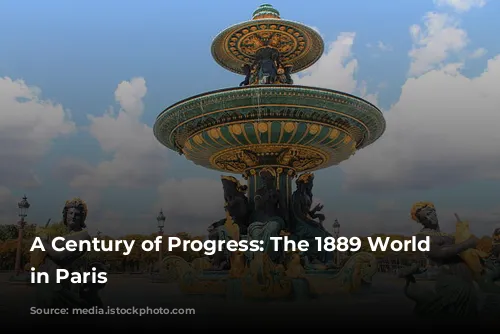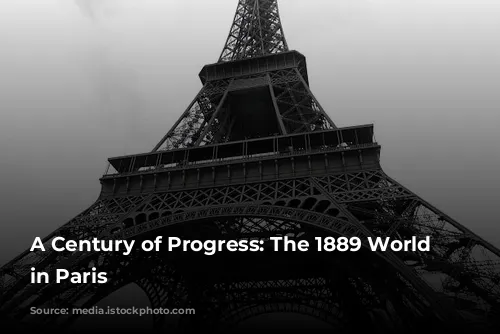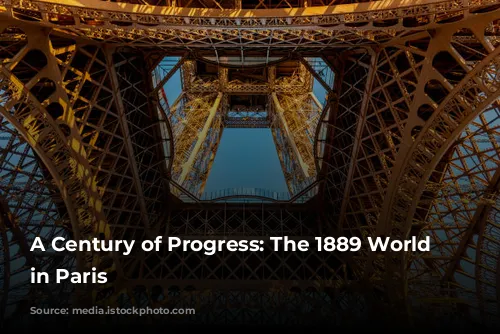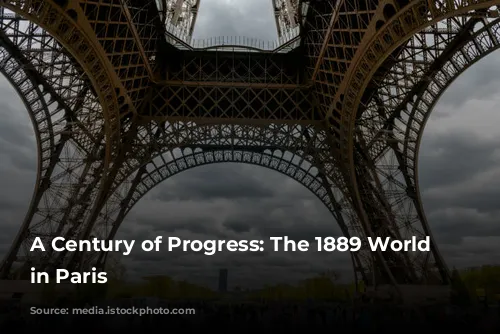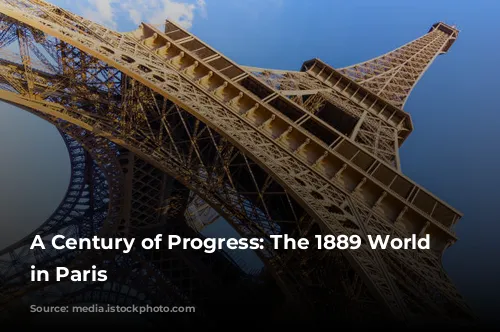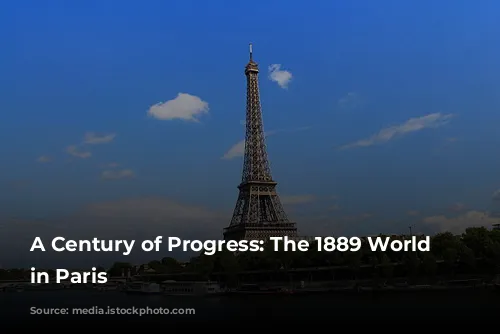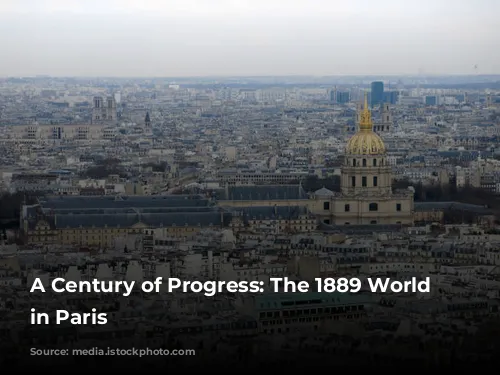The 1889 World Fair was more than just a grand spectacle in Paris; it marked a pivotal moment in the history of these international events. While the Eiffel Tower remains its most enduring legacy, the fair itself left few physical traces on the landscape. However, it significantly changed how such exhibitions were conceived and executed, pushing boundaries and highlighting the role of technology and innovation in shaping the future.

The Rise of International Exhibitions
The concept of world’s fairs had its roots in London’s 1851 Great Exhibition, a monumental event housed in an innovative iron, wood, and glass structure. This grand display of industrial achievements sparked a wave of similar events across the globe, fueled by a sense of national pride and the desire to showcase technological advancements.
France, eager to rival its British counterpart, responded swiftly. In 1855, a grand palace adorned with a stone facade and iron and glass vaults was erected on the Champs-Élysées in Paris. The Second Empire, at its peak, further amplified the scale of these exhibitions in 1867 with a massive oval structure encompassing a large portion of the Champ de Mars.
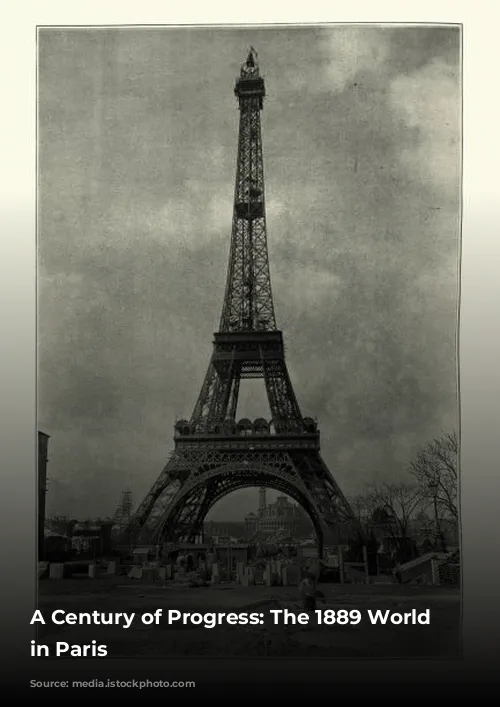
A City Transformed
The 1878 World Fair saw the construction of the majestic Trocadero Palace on Chaillot hill, its two imposing wings framing a concert hall with a seating capacity of 4,600. Meanwhile, the Champ de Mars witnessed the creation of numerous glass galleries, designed with meticulous detail but lacking a monumental presence.
The 1889 World Fair took these exhibitions to a whole new level. It celebrated the centenary of the French Revolution, showcasing the strength of France’s industries and its burgeoning colonial empire. The event covered a sprawling 125 acres, mirroring the 1878 layout with galleries occupying portions of the Champ de Mars, adorned with monumental domes and pavilions scattered throughout the gardens.
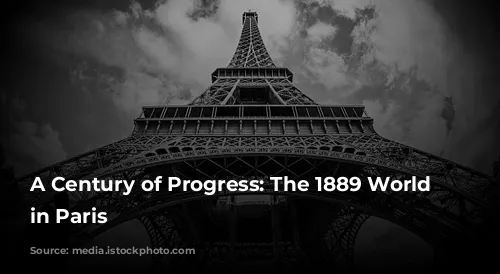
Technological Triumphs and a Boycott
This edition of the World Fair was also a celebration of technological prowess, with two remarkable metal structures taking center stage: the Galerie des Machines, the world’s largest building at the time, spanning an area of 420 by 110 meters without internal supports, and the Eiffel Tower, the world’s tallest tower. While both structures were envisioned as lasting legacies of the fair, the Galerie was dismantled in 1909 due to a lack of sustainable use.
The 1889 World Fair attracted a strong American presence as European monarchies boycotted the event. Only about thirty of the participating pavilions were dedicated to national displays.

A Spectacle of Innovation and Industry
The fair welcomed over 32 million visitors in its six-month run, with a record of 400,000 visitors flocking to the Eiffel Tower in a single day. Although the Eiffel Tower remains the only lasting physical remnant of the exhibition, it stands as a testament to the enduring power of innovation and the public’s fascination with new technologies.
The 1889 World Fair presented a dazzling panorama of cutting-edge advancements, showcasing inventions that would revolutionize daily life, such as electricity and the telephone. The event offered a captivating blend of industrial might and artistic finesse, where the robust metal framework of the exhibition halls was softened by the use of ceramics, terracotta, and stained glass.
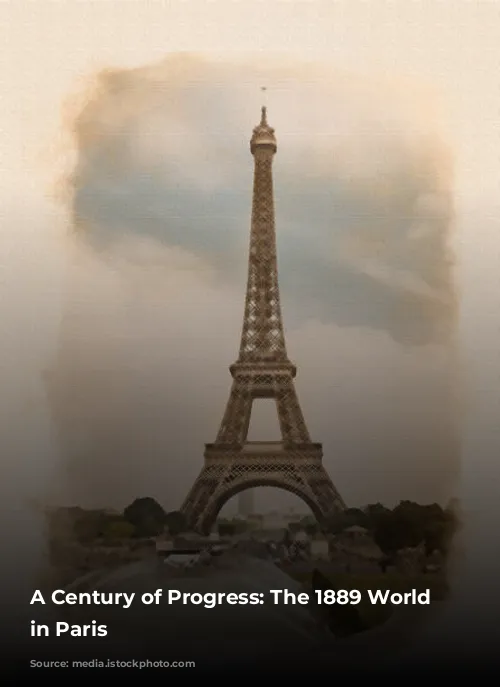
A Legacy of Progress and Wonder
Despite its temporary nature, the 1889 World Fair left an indelible mark on the world, inspiring a wave of international exhibitions and fostering a spirit of innovation and progress. It served as a stage for showcasing human ingenuity, technological advancements, and the ever-evolving relationship between humanity and the built environment.

